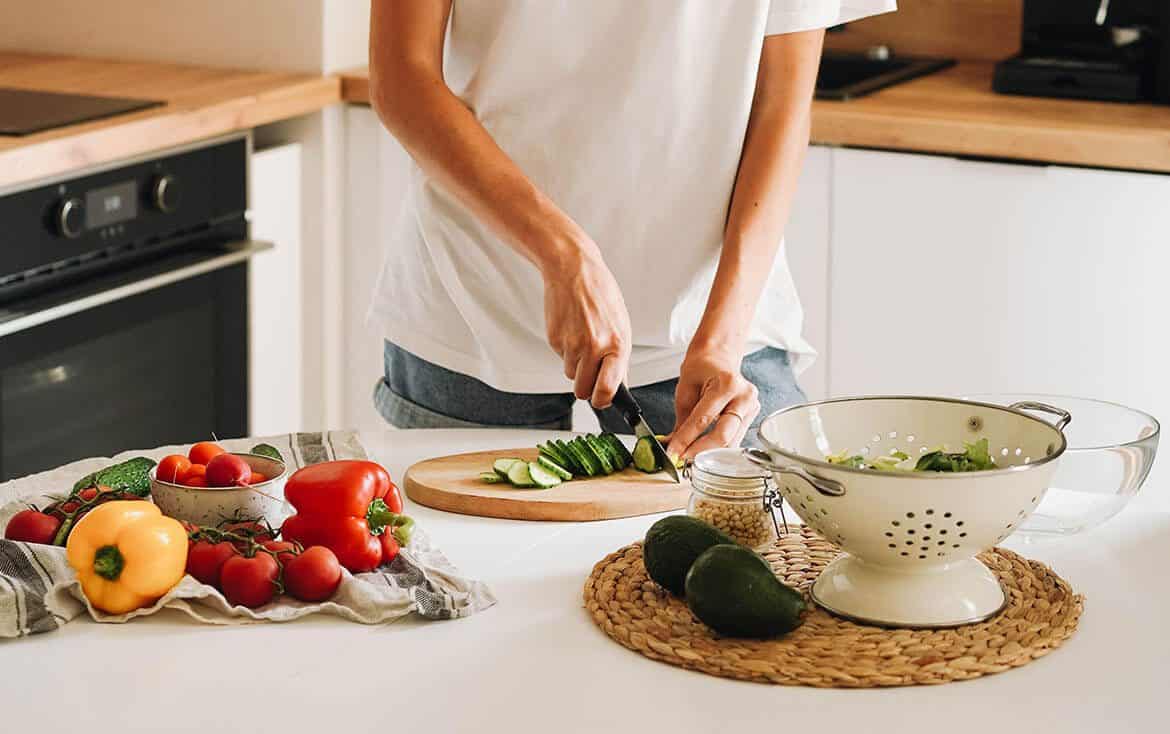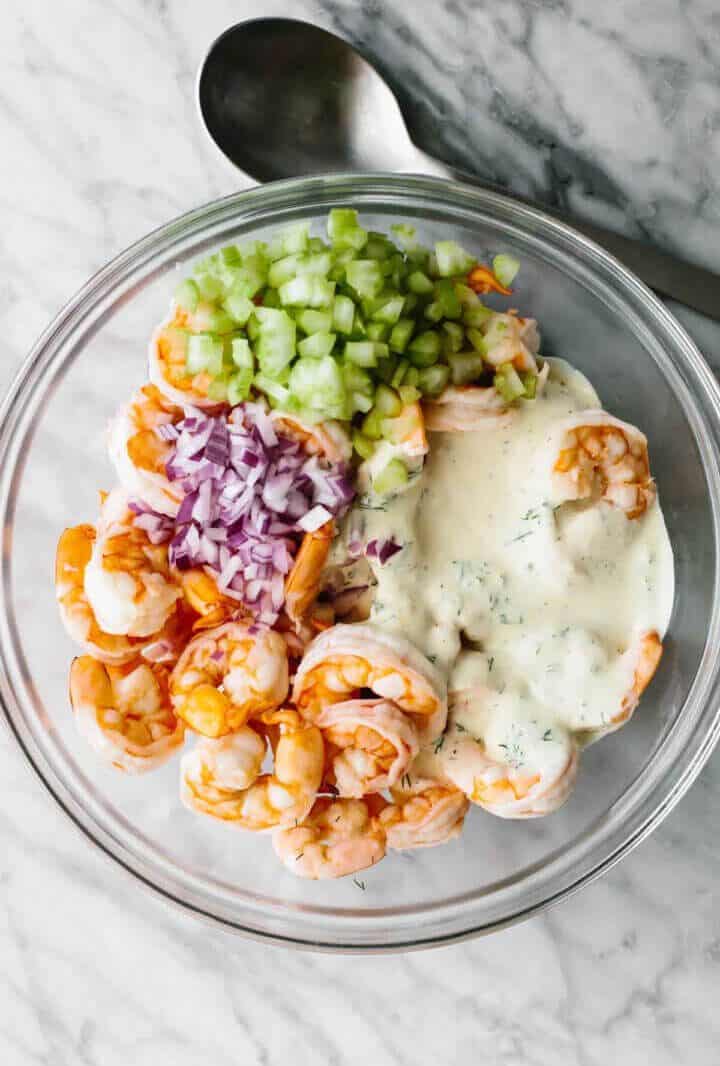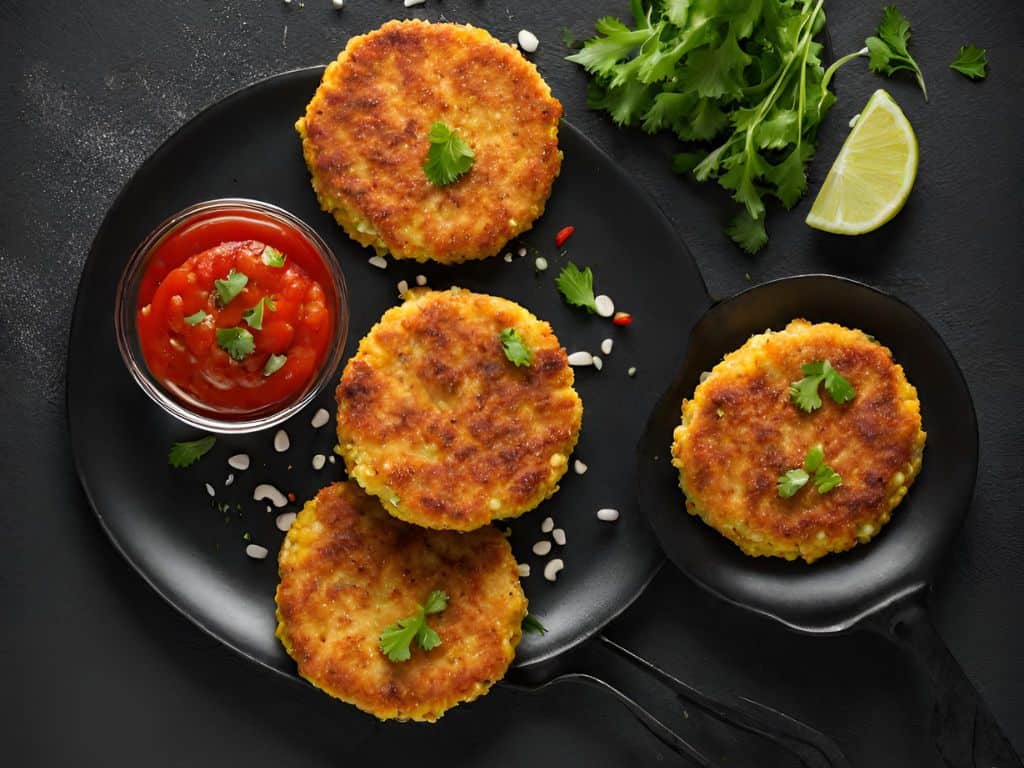
In today’s fast-paced world, maintaining a balanced lifestyle is essential for overall well-being. One of the most important aspects of achieving this balance is through healthy cooking. The food we eat plays a crucial role in our physical health, mental clarity, and energy levels. Healthy cooking doesn’t have to be complicated or time-consuming; with the right ingredients and methods, you can create nutritious, delicious meals that fuel your body and support a balanced lifestyle.
1. Why Healthy Cooking Matters
A balanced diet is one that provides all the necessary nutrients—proteins, carbohydrates, fats, vitamins, and minerals—in the right proportions. Cooking meals at home allows you to control what goes into your food and ensure you’re getting a nutrient-dense diet. Processed foods, fast foods, and pre-packaged meals are often loaded with unhealthy fats, excessive salt, added sugars, and preservatives that can lead to health issues such as obesity, heart disease, and diabetes.
By choosing fresh, whole foods and preparing them yourself, you can limit harmful ingredients and make your meals more nutritious. Healthy cooking is an essential pillar in maintaining a balanced lifestyle because it directly influences energy levels, mood, digestion, and long-term health.
2. Key Principles of Healthy Cooking
Healthy cooking isn’t about strict diets or depriving yourself of your favorite foods. Instead, it’s about making smarter, more informed choices that nourish your body. Here are some fundamental principles of healthy cooking:
a. Focus on Whole Foods
The foundation of healthy cooking is using whole, unprocessed foods. Whole grains, lean proteins, fruits, vegetables, legumes, and healthy fats should make up the majority of your meals. These foods are packed with essential nutrients and are naturally lower in unhealthy fats, sugars, and sodium.
b. Choose Healthy Fats
Not all fats are bad. Healthy fats, such as those found in avocados, olive oil, nuts, seeds, and fatty fish like salmon, support heart health, brain function, and help the body absorb essential vitamins. When cooking, opt for oils like olive oil or avocado oil, which are rich in monounsaturated fats, instead of butter or highly processed oils.
c. Limit Processed Sugars and Salt
Processed sugars and excess salt can wreak havoc on the body, leading to weight gain, high blood pressure, and other chronic health conditions. When cooking at home, try to sweeten dishes naturally with ingredients like honey, maple syrup, or fruit, and use herbs and spices for flavor instead of relying on salt.
d. Incorporate a Variety of Colors
A balanced plate is a colorful one. Different colored fruits and vegetables provide a range of vitamins, minerals, and antioxidants that protect the body against inflammation and disease. Make sure to include greens, reds, oranges, and purples in your meals for maximum nutrient diversity.
e. Practice Portion Control
Even healthy foods can lead to weight gain if consumed in excess. Practice portion control by using smaller plates, being mindful of serving sizes, and paying attention to your body’s hunger cues. Moderation is key to sustaining a healthy, balanced lifestyle.

3. Simple Healthy Cooking Techniques
The way you cook your food matters as much as the ingredients you choose. Here are some simple, healthy cooking techniques that preserve nutrients and add flavor without adding unnecessary fats or calories:
a. Steaming and Boiling
Steaming is one of the healthiest cooking methods as it preserves the nutrients in vegetables, fish, and lean meats. Boiling is another healthy option, especially for grains like quinoa, rice, and pasta. However, avoid over-boiling vegetables as it can lead to nutrient loss.
b. Grilling and Broiling
Grilling and broiling are great options for cooking meats and vegetables because they allow excess fat to drip away while locking in natural flavors. Use a marinade with healthy oils and herbs to add flavor without excessive salt or sugar.
c. Sautéing and Stir-Frying
When sautéing or stir-frying, use a small amount of healthy oil like olive oil or avocado oil. These methods are quick and can preserve the natural nutrients of vegetables and proteins, making them ideal for busy nights.
d. Roasting and Baking
Roasting vegetables and proteins at high heat brings out their natural sweetness and flavor without needing heavy sauces. Baking is also a healthier alternative to frying when preparing items like chicken or fish.
e. Blending and Pureeing
For soups, smoothies, or dips, blending and pureeing can be a great way to pack in nutrients. Pureeing vegetables into soups or sauces allows you to sneak in extra fiber and vitamins without altering the flavor too much.

4. Meal Planning and Prep for Success
Planning your meals ahead of time can be one of the most effective ways to stick to a healthy eating plan. Meal prepping ensures that you always have nutritious food on hand and reduces the temptation to grab unhealthy takeout or snacks. Here are a few tips:
Plan your meals for the week: Choose simple, balanced meals that include a protein source, vegetables, and whole grains.
Prep in batches: Cook grains, proteins, and roasted vegetables in bulk at the beginning of the week to save time on busy nights.
Portion out snacks: Pre-portion healthy snacks like nuts, seeds, yogurt, or fruit to avoid overeating.
Freeze leftovers: Freezing leftovers is a great way to have healthy, homemade meals ready for days when you’re too busy to cook.
6. Incorporating Balance Beyond Cooking
Healthy cooking is just one piece of the puzzle for maintaining a balanced lifestyle. Pairing nutritious meals with regular physical activity, sufficient sleep, and stress management is vital for overall health. Eating mindfully, staying hydrated, and creating time for relaxation all contribute to a balanced approach to living.



Conclusion
Healthy cooking is not about deprivation or restriction—it’s about making thoughtful, nourishing choices that enhance your quality of life. By focusing on whole, unprocessed foods, utilizing healthy cooking techniques, and practicing portion control, you can enjoy delicious meals that support a balanced, vibrant lifestyle. Remember, consistency is key. Start small, and over time, these healthy habits will become a natural part of your daily routine, leading to long-term well-being and vitality.
Did you make this recipe?
Tag @hashtag on socialmedia and be sure to leave a review on the blog post






